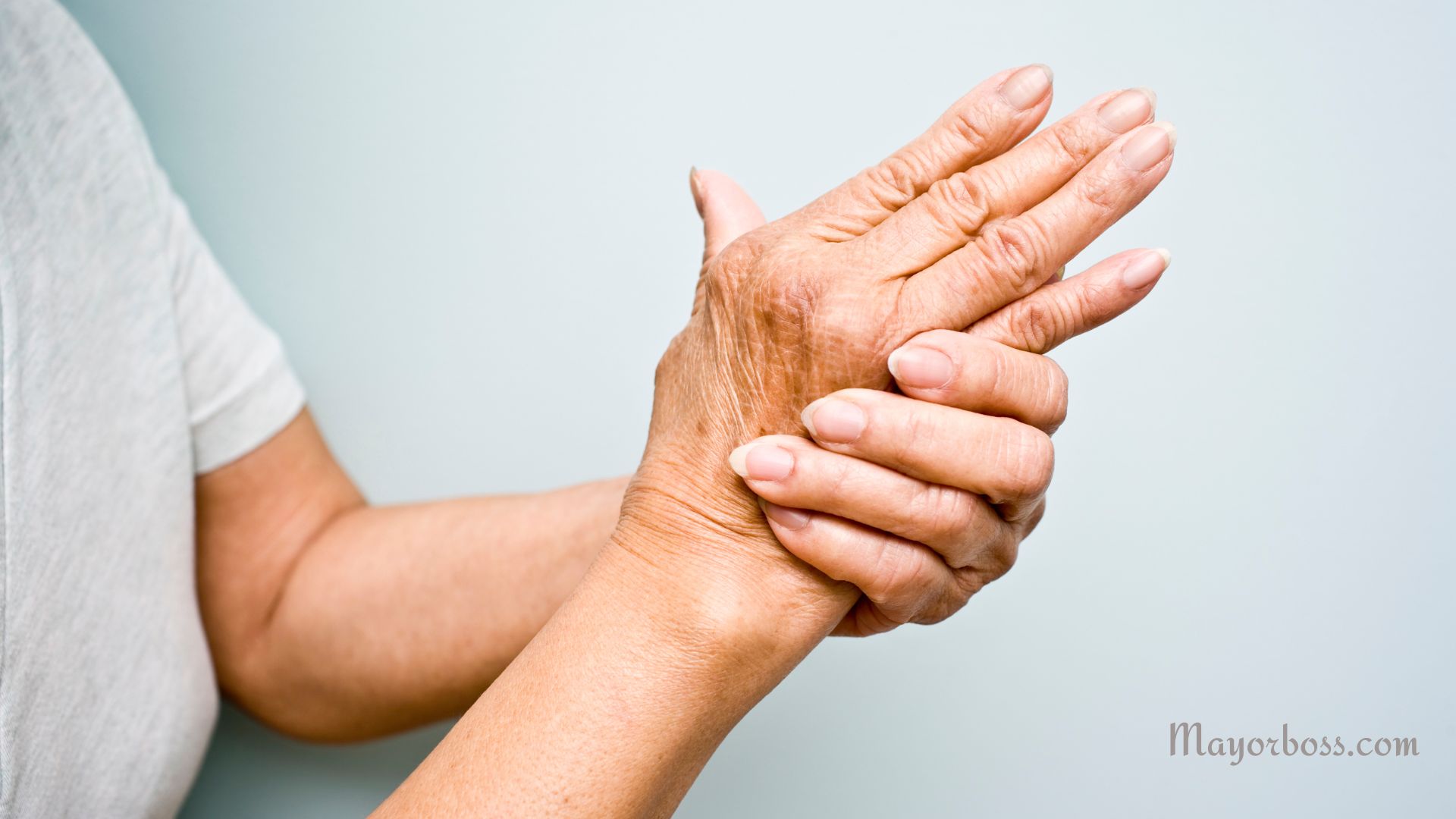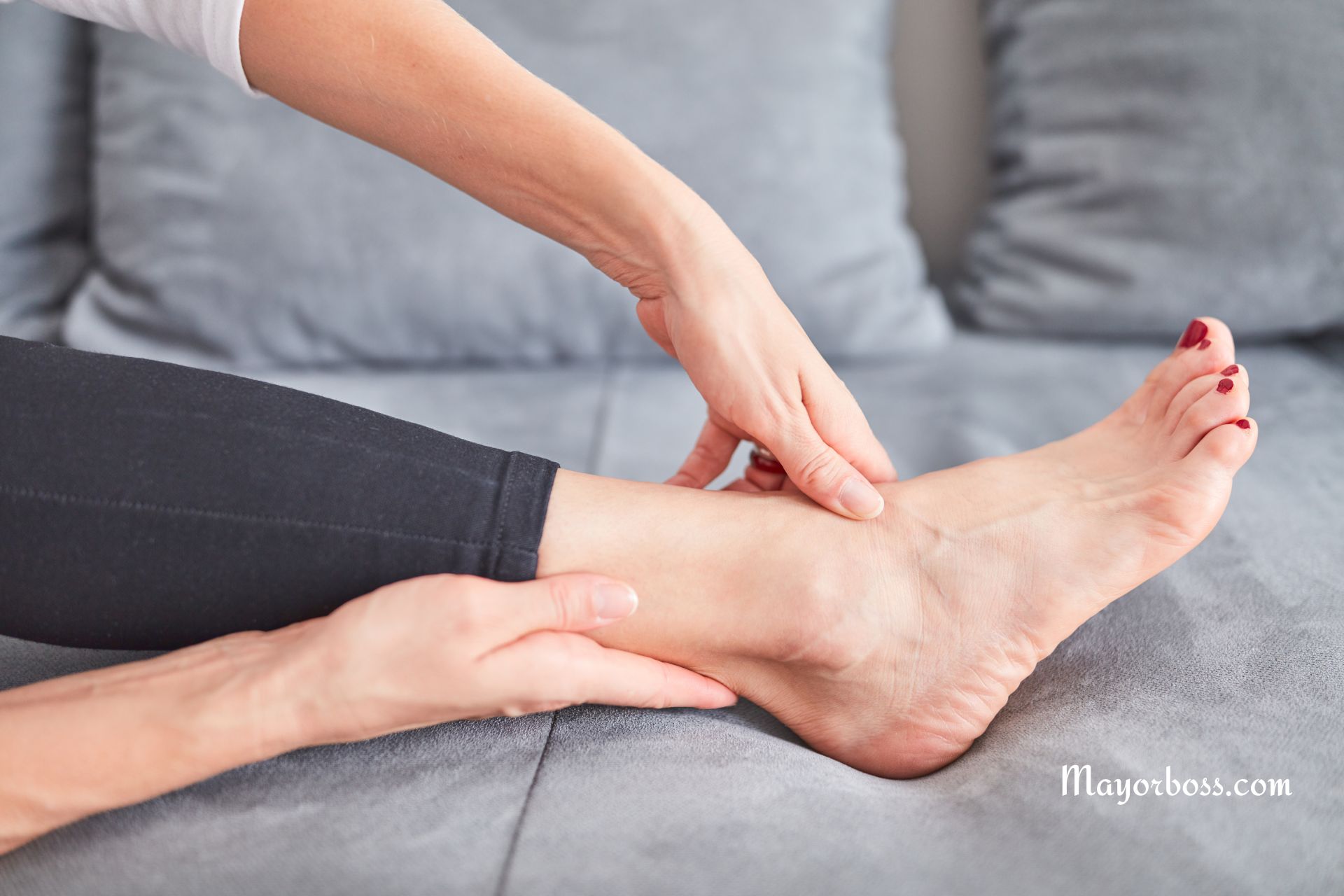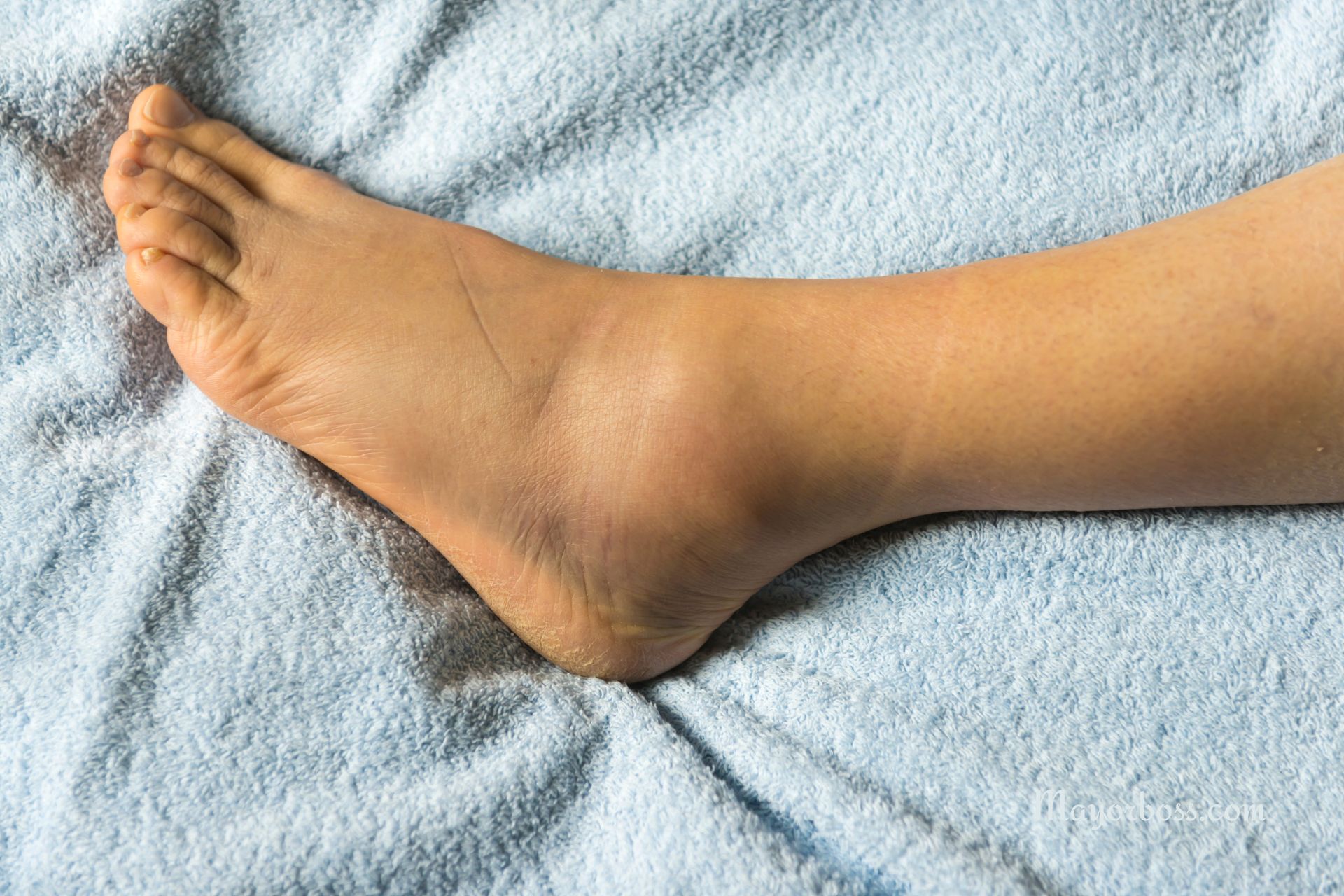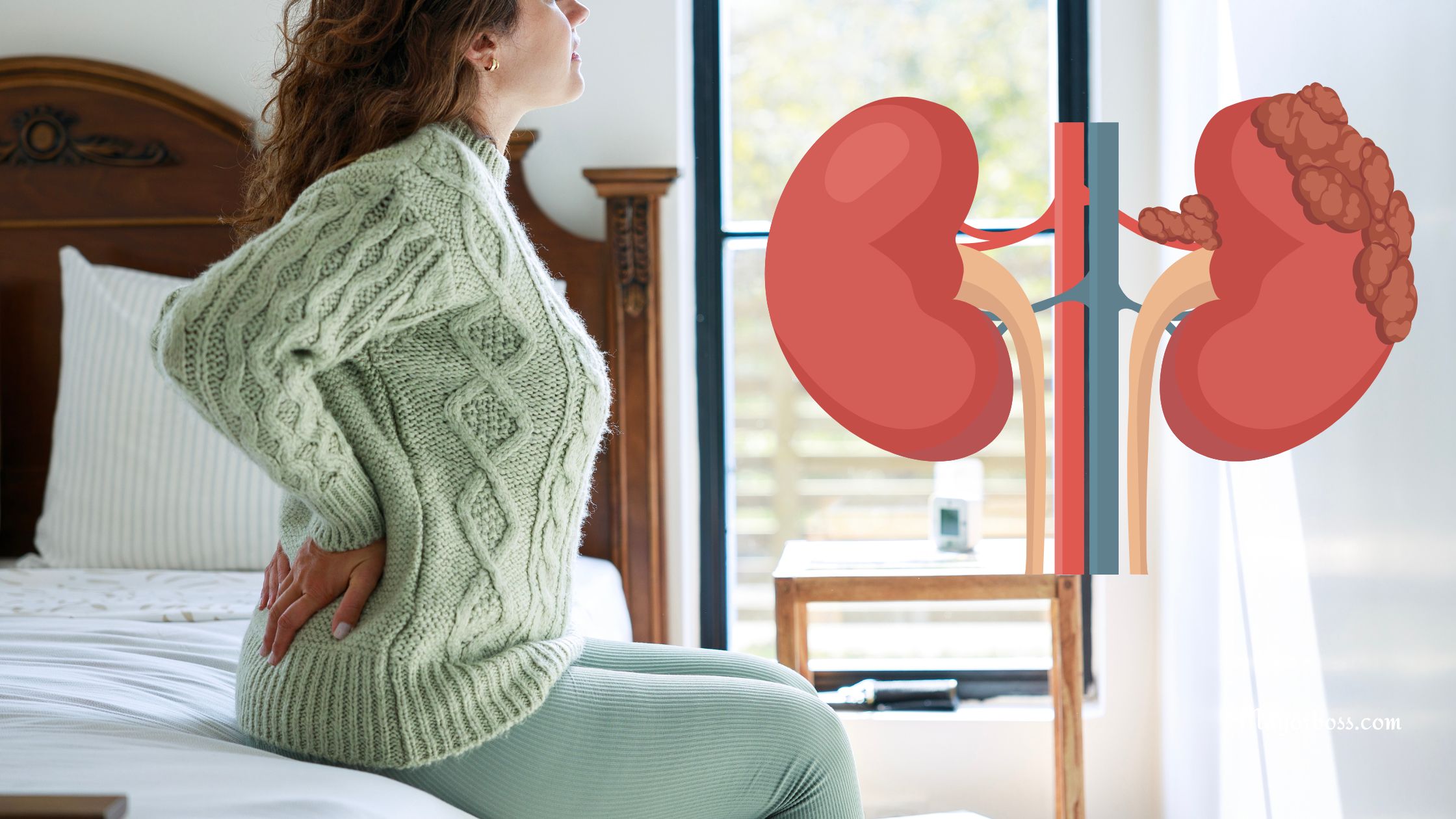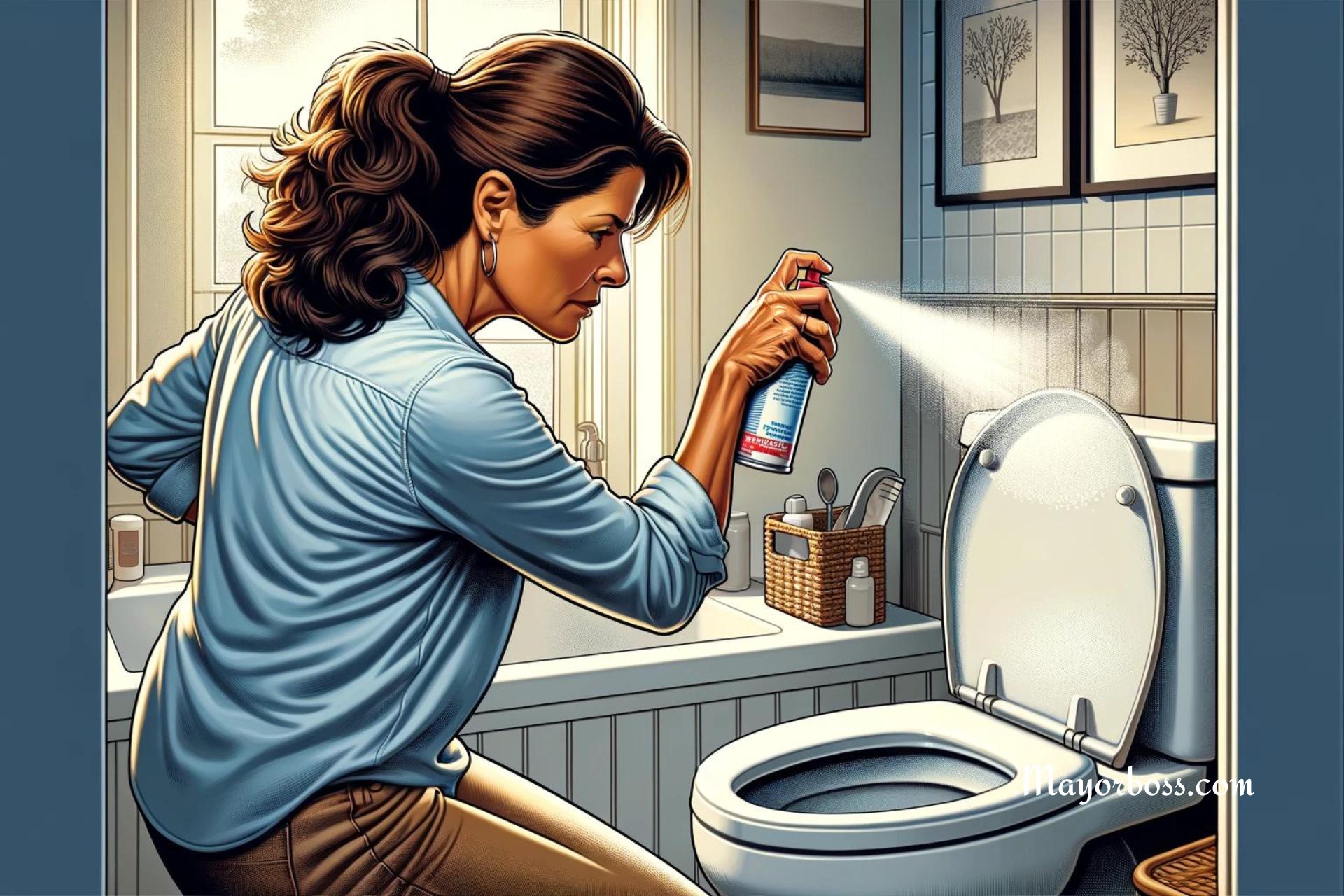How to Get Water Out of Your Ear Quickly
- To get water out of your ear quickly, tilt your head to the affected ear, and gravity will do the rest.
- You can also try jiggling your earlobe.
- Another effective method is to use a hairdryer on the lowest setting.
- If you’re still having trouble, try over-the-counter drops or ear irrigation.
- However, if the water is still stuck after 2 to 3 days, it’s best to see a doctor because you may have an ear infection.
We all know the feeling.
You’re swimming or taking a shower, and all of a sudden, you feel a strange popping sensation in your ear.
And then it starts to hurt.
You’ve probably got water in your ear.
According to WebMD, “when water sits in your ear canal, bacteria that live there all the time can multiply and cause an infection.”
The good news is that there are some simple and quick ways to get rid of the water in your ear and avoid infection.
Here are a few of the most effective methods:
1. Jiggle your earlobe to shake the water out
This is the simplest way to get rid of water in your ear.
All you need to do is grab your earlobe and give it a good jiggle.
Do this for a few seconds, and you should feel the water start to drain out.
2. Make a vacuum
If jiggling your earlobe doesn’t work, try making a vacuum.
Place your thumb over your ear and then your index finger and middle finger on the other side of your head.
Now, press your fingers gently while also pulling up on your ear.
You should feel a suction effect that will help to remove the water.
3. Tilt your head to the side
Tilt your head to the side so that the ear with water in it is facing downward.
This position allows gravity to do its job and hopefully pull the water out of your ear.
You could also lie on your side for a few moments with your head on a towel to soak in the water.
4. Try using more water
This might sound counterintuitive, but using more water can actually help to drain water from your ear.
If you have a syringe, fill it with lukewarm water and try lying on your side with the affected ear uppermost.
Gently squirt water into your ear and then immediately tilt your head to the opposite side so that the water can drain out.
You may need to do this a few times before all the water is removed.
This method is also effective for removing earwax.
5. Use a hair dryer
This method is effective, but it should be used with caution as it can cause burns if not done properly.
Start by setting your hair dryer on the lowest heat setting and holding it about a foot away from your ear.
Slowly move the hair dryer closer to your ear while still keeping it on the low heat setting.
The warmth from the hair dryer will help to evaporate the water in your ear.
Warning: Do not put the hair dryer directly into your ear, or you could risk burning your ear canal.
6. The Valsalva maneuver
The Valsalva maneuver is a technique that’s often used to clear water from the ears.
To do this, simply breathe deeply.
Close your mouth and, using your fingers, gently press your nostrils shut.
Then blow air out of your nose very slowly.
The pressure from the air will help to push the water out of your ear.
Do not blow too hard because you can damage your ear drum. (3)
7. Use alcohol and vinegar
This is a popular home remedy for getting rid of water in your ear.
Simply mix equal parts rubbing alcohol and white vinegar.
Then, use a sterile dropper to apply three drops of the solution to the affected ear.
Leave it in for 30 seconds before tilting your head to the side so that the solution can drain out. (2)
8. Try over-the-counter ear drops
If you’ve tried all of the above methods and the water still isn’t coming out, you can try using over-the-counter ear drops.
Place a few drops of the solution into your ear and let it sit for a few minutes before tilting your head to the side to allow the drops to drain out.
Ear drops can help to loosen any earwax that may be preventing the water from draining out.
They can also help to relieve any irritation or pain that you may be experiencing.
If you’re still having trouble after trying all of these methods, you may need to see a doctor.
What not to do
- Do not stick any objects into your ear, no matter how small they may be. This can damage your ear and cause an infection.
- Do not use Q-tips or cotton swabs to try to remove the water. These can push the water further into your ear and also cause damage.
- Don’t use hydrogen peroxide if you have ear tubes or a ruptured eardrum.
When to see a doctor
If the water doesn’t come out after trying all of the above methods or if you experience any pain, discharge, or bleeding from your ear, you should see a doctor.
You should also see a doctor if you have any hearing loss or dizziness.
These could be signs of a more serious problem, such as an ear infection.
More resources:

